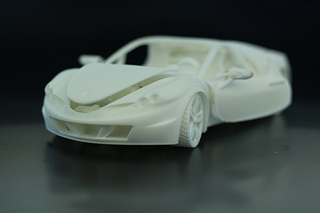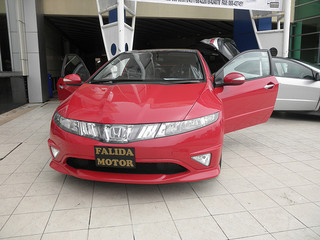The Strati Spurs the Future of 3D Auto Manufacturing

News about driverless cars dominates the tech and auto industries. Now, there’s a new auto-tech trend on the scene: 3D printed cars.According to CNN, “Earlier this month, a panel of six judges selected Italian designer Michele Anoe’s concept car as the winner of Local Motors’ first 3D Printed Car Design Challenge. The vehicle will now inspire the full-size prototype car that will be printed from scratch at the International Manufacturing Technology Show 2014 in Chicago, running from September 8 to 13.”
The two-seat, electric-powered vehicle, which will be known as the Strati, features a single-piece design that can be made with an industrial size 3D printer.
The strategy for the Strati is similar to the current make and model of the Renault Twizy, a quadricycle that runs on electric power, as well. Sources say the market line of Strati will borrow components from the Twizy’s design.
The Strati is not the first of its kind to use 3D-printed parts; recently, a futuristic vehicle known as the Bloodhound SSC set a printing precedent for rocket-powered cars.
CNET reports, “It’s a phenomenal machine, with a mind-boggling set of facts to match: Its engines generate 135,000 horsepower (equal to 180 Formula 1 cars), it travels a mile in only 3.6 seconds and it uses the latest technologies, including 3D printing, in its construction.”
However, the Strati may be one of the first to mass-produce 3D printed consumer vehicles. Currently, it takes about 40 hours to print one vehicle, which isn’t necessarily a manufacturing-friendly feat. The CEO of Local Motors, a crowd-funded auto company, believes the process will be down to 20 hours by summer’s end.
Ultimately, company officials would like the car to print in an hour or less with just two people on the assembly line. In the future, they hope the vehicle will need no more than 20 parts. Today’s automobiles require more than 20,000.





